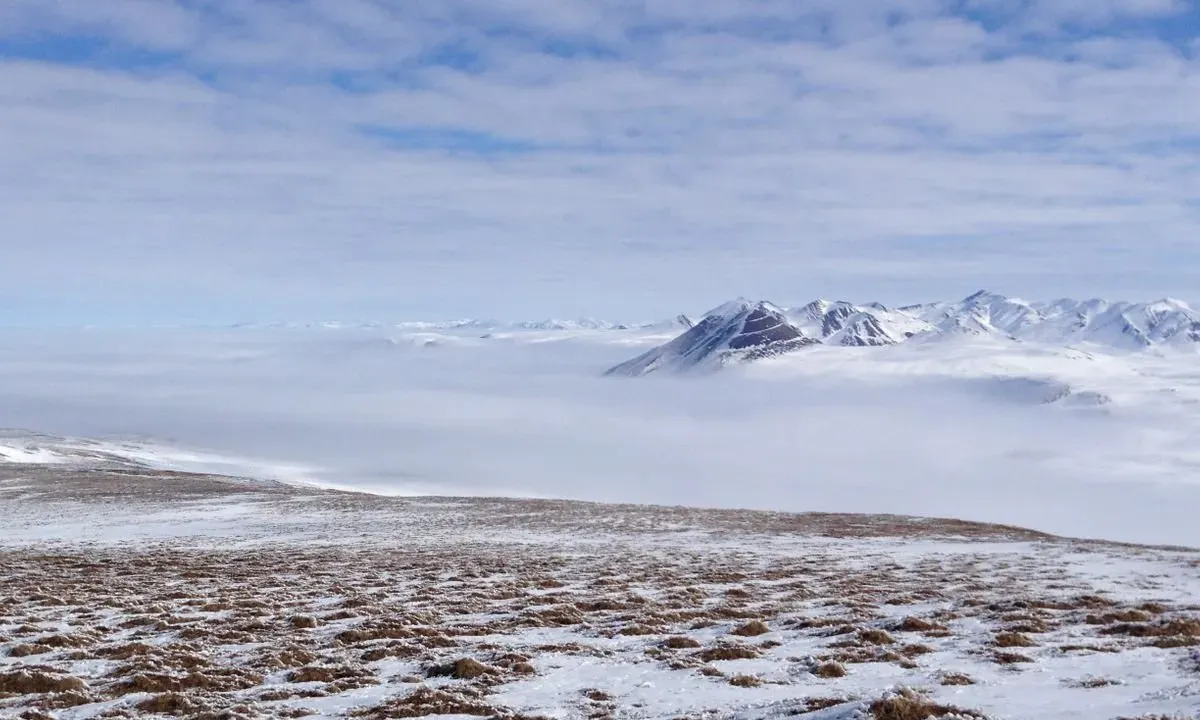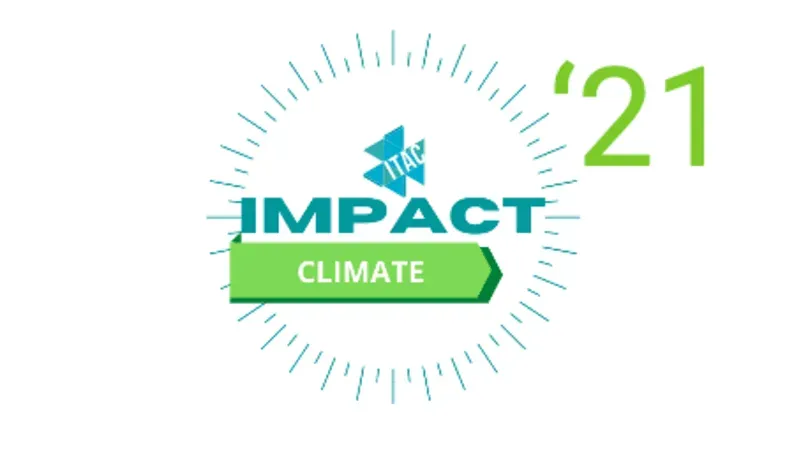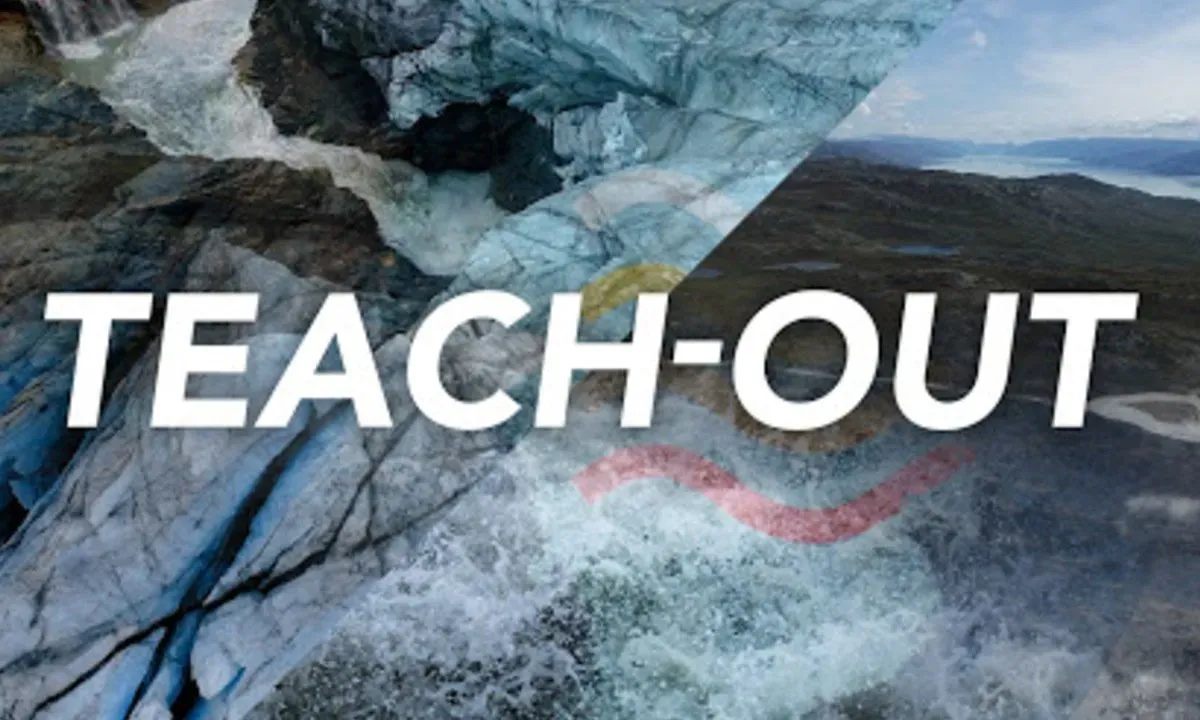
The Changing Arctic: Present Past & Future

The Arctic is undergoing dramatic changes. From shrinking sea ice cover to thawing permafrost, the environment is transforming. This course takes a detailed look at the present and past climates of the Arctic, as well as the possible future of the region. It examines the cascading impacts of these changes on Arctic ecosystems. With a better understanding of the Arctic's changing environment, we can better prepare for the future.▼
Course Feature
![]() Cost:
Cost:
Free
![]() Provider:
Provider:
Coursera
![]() Certificate:
Certificate:
Paid Certification
![]() Language:
Language:
English
![]() Start Date:
Start Date:
26th Jun, 2023
Course Overview
❗The content presented here is sourced directly from Coursera platform. For comprehensive course details, including enrollment information, simply click on the 'Go to class' link on our website.
Updated in [June 30th, 2023]
This course, The Changing Arctic: Present, Past & Future, provides an in-depth look at the remarkable changes occurring in the Arctic environment. Students will explore the shrinking Arctic sea ice cover, shrinking land ice, thawing permafrost, and the cascading impacts on Arctic ecosystems. The course will begin with a review of Arctic climates of the past, followed by an examination of the possible future of the Arctic’s climate and environment. Through lectures, discussions, and activities, students will gain a better understanding of the Arctic’s changing environment and the implications for the future.
[Applications]
After completing this course, students should be able to apply their knowledge to better understand the current and future impacts of climate change on the Arctic environment. They should be able to identify the key drivers of Arctic climate change, and be able to assess the potential impacts of climate change on Arctic ecosystems. Additionally, students should be able to identify potential solutions to mitigate the impacts of climate change on the Arctic environment.
[Career Path]
Job Position Path: Arctic Climate Scientist
Arctic Climate Scientists are responsible for researching and analyzing the climate of the Arctic region. They use a variety of methods to study the climate, including collecting data from satellites, weather stations, and other sources. They also use computer models to simulate the climate and its effects on the environment. Arctic Climate Scientists must be able to interpret and communicate their findings to the public and policy makers.
The demand for Arctic Climate Scientists is expected to increase in the coming years as the effects of climate change become more pronounced in the Arctic region. As the Arctic environment continues to change, Arctic Climate Scientists will be needed to help understand the causes and effects of these changes. They will also be needed to help develop strategies to mitigate the effects of climate change in the Arctic. Additionally, Arctic Climate Scientists will be needed to help develop policies to protect the Arctic environment and its inhabitants.
[Education Path]
The recommended educational path for learners interested in this course is a Bachelor of Science in Environmental Science. This degree program provides students with a comprehensive understanding of the environment and its components, including the physical, chemical, and biological processes that shape the environment. Students will learn about the effects of human activities on the environment, as well as the strategies and technologies used to mitigate environmental damage. In addition, students will gain an understanding of the legal and policy frameworks that govern environmental protection.
The development trend of this degree program is to focus on the interdisciplinary nature of environmental science, with an emphasis on the integration of knowledge from the natural sciences, social sciences, and humanities. This will enable students to develop a holistic understanding of the environment and its challenges, and to develop the skills necessary to address these challenges. In addition, the degree program will focus on the development of practical skills, such as data analysis, problem-solving, and communication, which are essential for environmental professionals.
Course Provider






